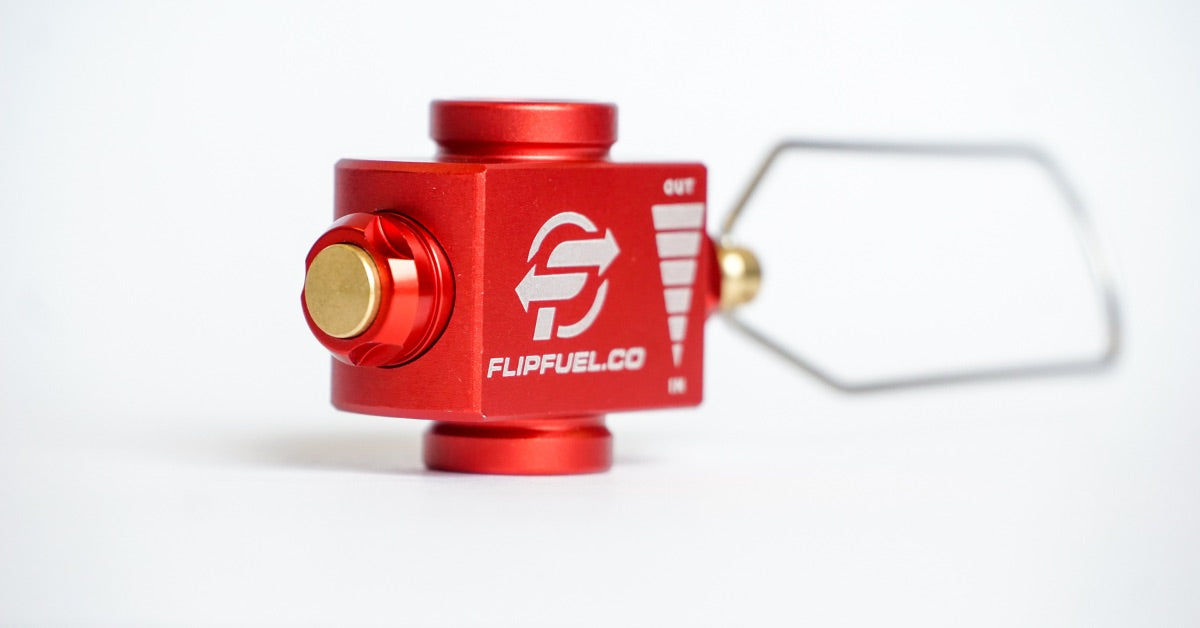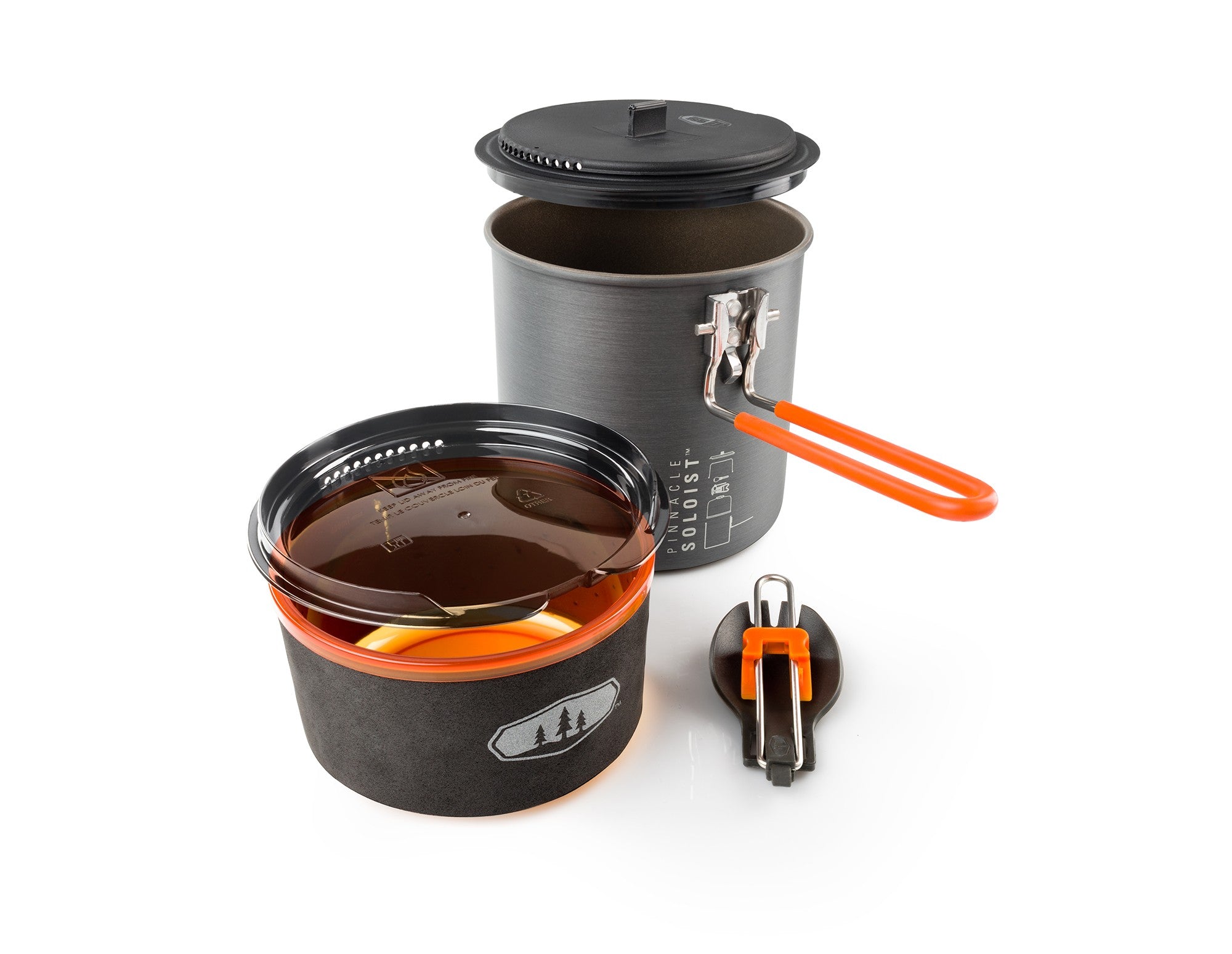Mr. Coffee
Well-Known Member
- Region
- USA
- City
- A Demented Corner of the North Cascades
2023 Camp Kitchen:

Clockwise from the skier dude: Evernew Ti Nonstick cookpot, 500ml. BRS3000T stove, Columbia River Knife Technology locking blade knife, Sea to Summit Deltalight insulated mug, Snow Peak long-handled Ti spork, Sea to Summit X-Seal and Go Container, Large. Not shown: lighter.
My personal feeling is that this kit is kind of overkill, and while I like a few things I will likely change it up a bit.
The Ti Nonstick cookpot is justified because on tour I tend to reheat a lot of stuff out of cans or retort pouches rather than rehydrate meals. I like the stove but also have a Snow Peak stove that is still going strong after 25 years (but the igniter isn't). The mug is cute but kind of a single-use item. I like the spork but it doesn't play well with the nonstick coating on the cookpot. I like the bowl ("container") because (1) it folds flat when empty, and (2) has a tight-fitting screw-on lid for when it isn't. So I can plausibly make tabouli and carry it to camp in my handlebar bag.
Clockwise from the skier dude: Evernew Ti Nonstick cookpot, 500ml. BRS3000T stove, Columbia River Knife Technology locking blade knife, Sea to Summit Deltalight insulated mug, Snow Peak long-handled Ti spork, Sea to Summit X-Seal and Go Container, Large. Not shown: lighter.
My personal feeling is that this kit is kind of overkill, and while I like a few things I will likely change it up a bit.
The Ti Nonstick cookpot is justified because on tour I tend to reheat a lot of stuff out of cans or retort pouches rather than rehydrate meals. I like the stove but also have a Snow Peak stove that is still going strong after 25 years (but the igniter isn't). The mug is cute but kind of a single-use item. I like the spork but it doesn't play well with the nonstick coating on the cookpot. I like the bowl ("container") because (1) it folds flat when empty, and (2) has a tight-fitting screw-on lid for when it isn't. So I can plausibly make tabouli and carry it to camp in my handlebar bag.




